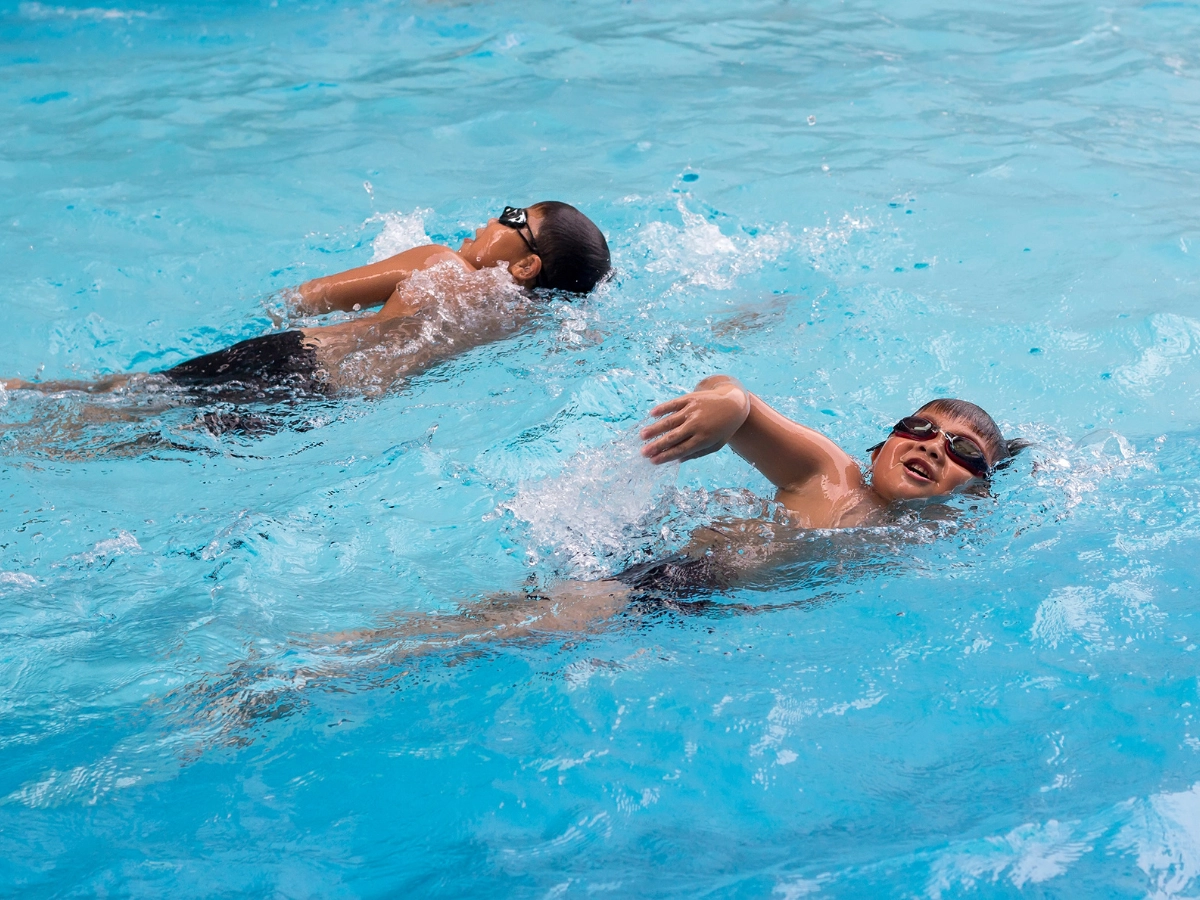There are lots of challenges in teaching children to swim. Behavioral problems in the class can compound other challenges such as fear and self-consciousness in students. However, behavioral issues are not always on the student side. An article by Jim Reiser, a noted speaker in the swim school industry, shares an experience that shows how the behavior of the instructor can determine (and manage) student behavior challenges. Read the article below or at its original link.
Swim Lessons Class Management Skills – Swim Lessons and Behavior
Swim Lessons, Behavior, and the Swimming Instructor
From Jim Reiser, M.S.
On one of my recent on-site swim lesson instructor consultation jobs, one of the swim lesson teachers that I needed to assess told me, prior to a class: “I hate that you have to watch this swim lesson class. One of the boys just never listens. In fact, I really don’t think he’s good enough to be in this class.” I told her, “no worries, this is the exact class that I may be able to help you most.” And I wasn’t kidding! Swim lessons and behavior – is it the teacher or the student?
The swim teacher starts the class and she is teaching butterfly to two five-year old boys, let’s call them David and Austin. Picture this: The teacher giving instructions to David, manipulating his arms, etc., really doing lots of good things with David (the good child), but in the meantime, she keeps reprimanding Austin:
“Austin, sit on the bench until it’s your turn.”
“Austin, if you come off the bench one more time I am going to have to put you in time out.”
“Austin, why aren’t you listening to me?”
Is Austin really a behavior problem or can the teacher do a better job of keeping Austin engaged? Well, in this situation, it is clear the teacher could do a better job keeping Austin engaged. Rather than telling the teacher what to do differently, I simply got into the pool and said, “let me try something.” It went something like this…
“Austin and David, I want your backs against the wall please.
Great, now repeat after me: Kick the head down (Kick the head down) – Kick the head up (kick the head up).
Another way to think about it is, repeat after me: Bottom down (bottom down), bottom up (bottom up).
Keep your legs together like one big…? (Flipper! They replied).
Awesome boys! Now, when I say go, I want to see you do your body dolphin butterfly kick across the pool. Ready Austin? Go! (waited 5 seconds)
Ready David? Go!”
Both boys were kicking across the pool. As soon as they got back, I gave them some specific, evaluative feedback and within 10-15 seconds or so I had them both kicking again. When they finished, I gave them some basic, general positive feedback with an enthusiastic high five and an underwater applause.
I then discussed briefly with the teacher what I had done:
- Eliminated the downtime and maximized practice time. Children, especially boys, need to move and they only improve their skills with practice.
- Incorporated choral responding and checks for understanding to “engage” the boys in the instruction.
- Gave feedback that boys like such as enthusiastic high fives and underwater applauses to keep the class positive and fun.
There’s nothing more frustrating to teachers than when our students don’t listen to us. At the same time, there’s nothing more rewarding to teachers than when our students succeed because of our own improvements. Strong class management skills along with good fundamental teaching techniques will go a long way in making your classes most successful and fun to teach!














